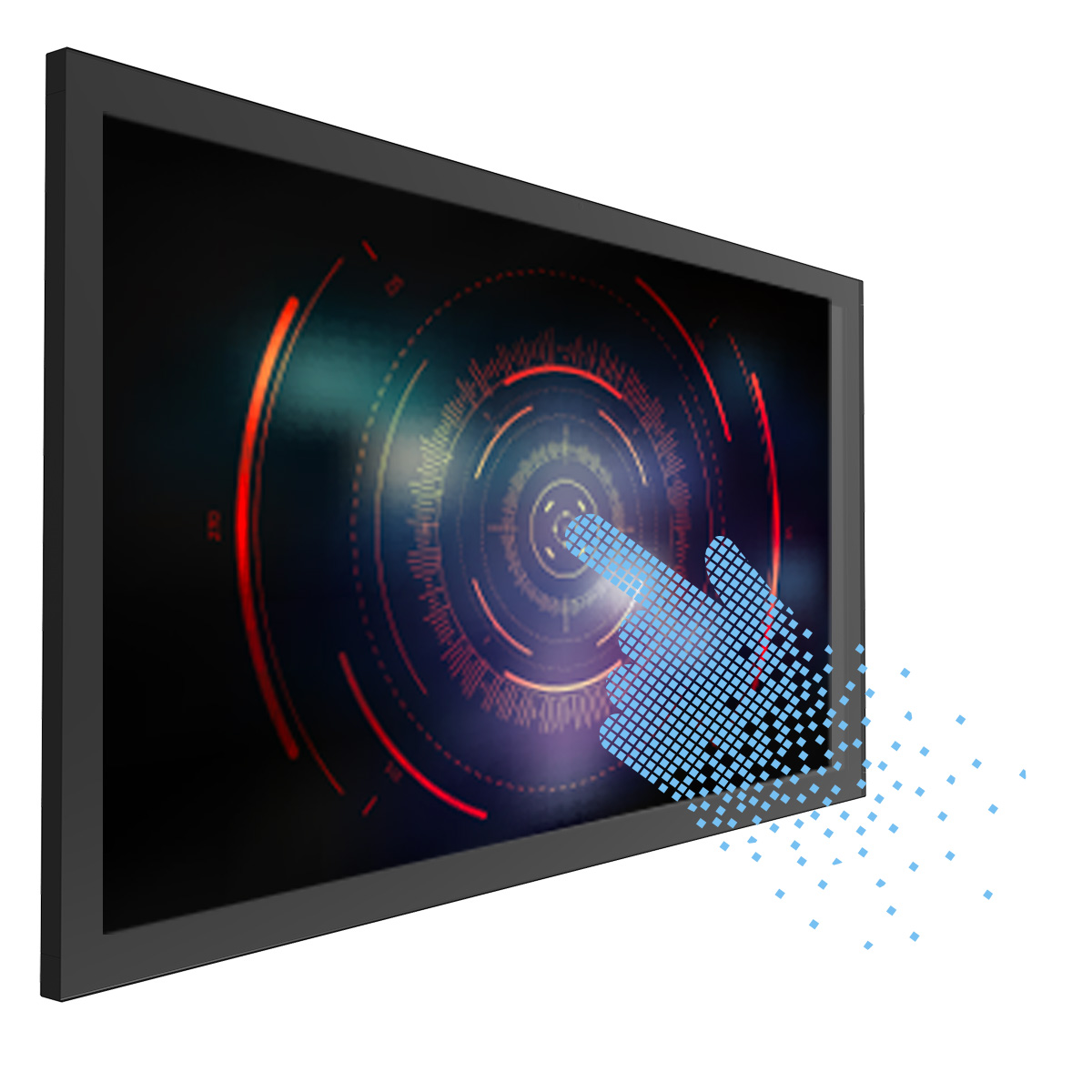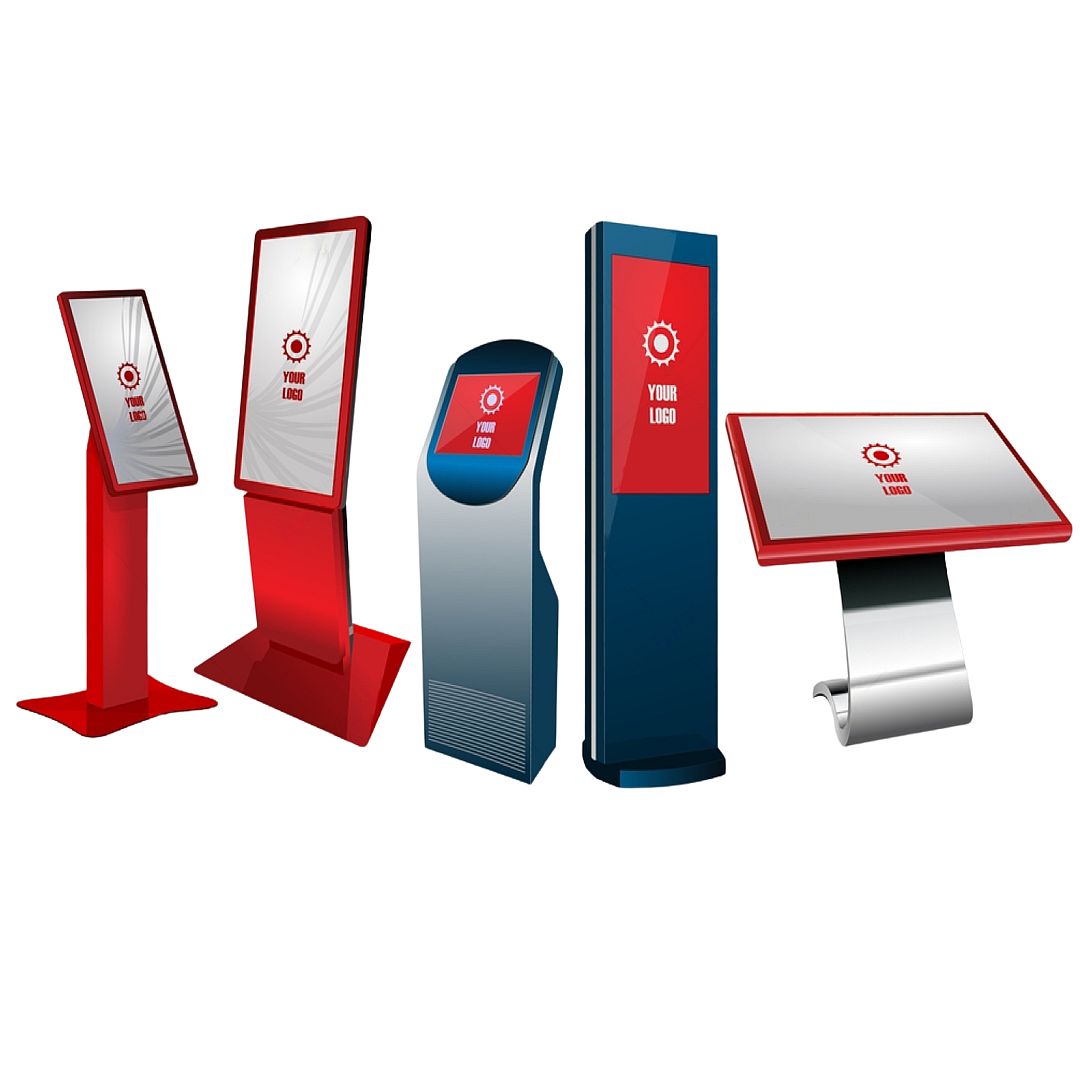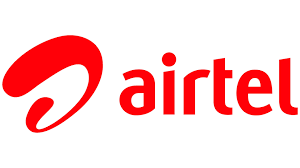About AMS
Introducing AMS impex, the Pioneer in Touch Screen Technology in India since 1996. We’re the most reliable, professional, and first mover in the industry, dedicated to providing the best touch screens, touch monitors, and interactive display solutions.











































"Have professionally known AMS Impex since six years. Have received prompt response & delivery. Have not faced any issues in the products. I hope to collaborate with them in the future too."
B. Singh Founder, D'tale